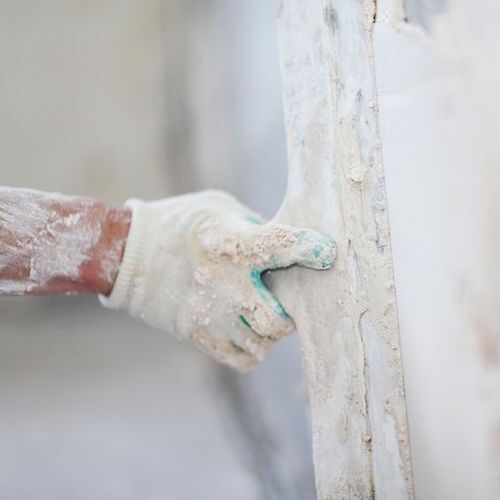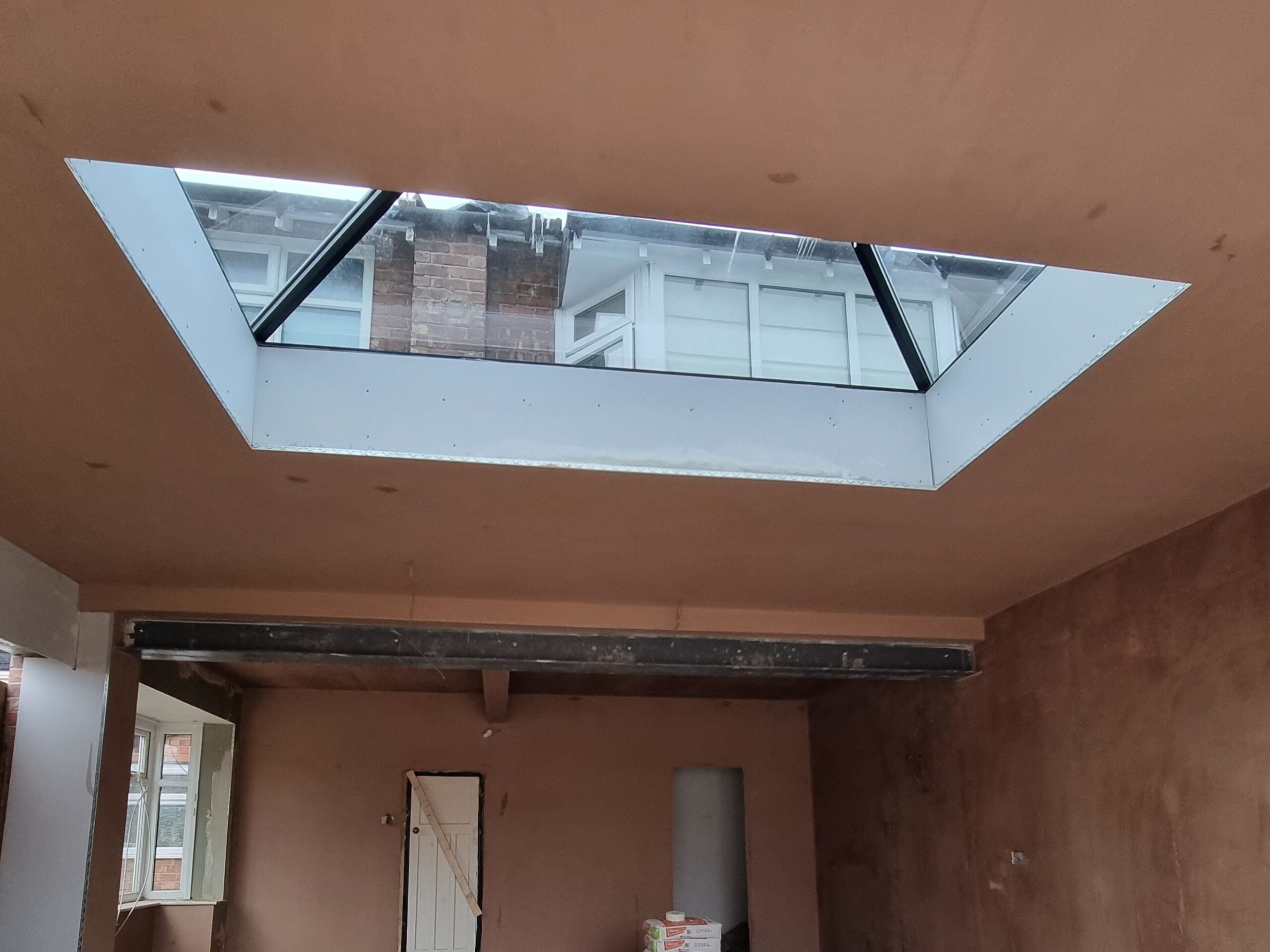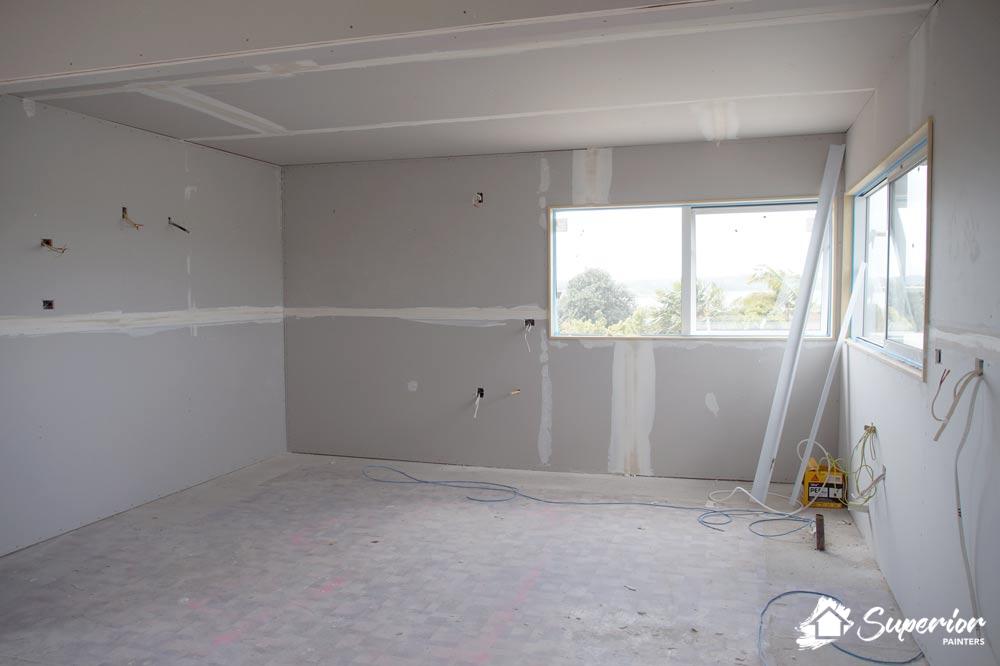Professional Tips for Perfect Plastering: Accomplish a Perfect Finish Every Single Time
Wiki Article
Comprehending the Vital Strategies of Plastering for Home Enhancement Projects
In the realm of home renovation, mastering the important techniques of smudging can substantially boost both the functionality and aesthetic allure of a room. Different techniques exist, each tailored to specific applications, whether for bring back historic stability or modernizing insides. The plastering process encompasses vital phases, from meticulous surface preparation to the precise application of products. Understanding these foundational components is vital, yet numerous property owners overlook common mistakes that can weaken their initiatives. As we discover these techniques further, the subtleties of accomplishing a perfect coating will certainly come to be progressively evident.Kinds Of Smudging Strategies
Although different plastering strategies exist, each serves a special purpose and offers distinctive aesthetic qualities. Among the most typical methods is standard lime plastering, which is understood for its breathability and flexibility. This method is specifically useful for older frameworks, enabling moisture to escape while keeping architectural integrity.An additional widely used technique is gypsum plastering, which includes the application of a quick-setting substance. It provides a smooth surface and is suitable for indoor walls and ceilings, making it a prominent option in modern-day construction. For a more textured look, trowel-on plastering strategies such as stucco and Venetian plaster are frequently utilized. Stucco, frequently made use of in outsides, provides toughness and climate resistance, while Venetian plaster is renowned for its luxurious, polished finish.
Furthermore, there are a lot more specialized methods, such as skimming, which is a process that includes applying a thin layer of plaster over existing surfaces to create a smooth finish. Each of these techniques can substantially influence the total aesthetic and functionality of a space, making it necessary to pick the suitable technique based on the specific needs of a task.

Devices and Materials Needed

The hawk serves as a platform to hold the plaster, while the trowels, available in various dimensions, are crucial for application and smoothing. A float, often made of rubber or sponge, is made use of to attain a consistent surface.

Investing in high-grade devices and materials inevitably contributes to a more effective plastering task, producing a resilient and aesthetically pleasing coating. Appropriately geared up, you lay the groundwork for efficient plastering and home renovation.
Step-by-Step Plastering Process
With the right tools and materials in hand, the following stage involves performing the plastering process with accuracy. Begin by preparing the surface area to make certain optimum attachment. Remove any kind of loose particles, dust, or old plaster, and use a bonding more helpful hints agent if needed.As soon as the surface is prepped, blend the plaster according to the producer's guidelines, accomplishing a smooth, lump-free consistency. Making use of a trowel, use the very first layer, referred to as the scrape layer, to a thickness of regarding 5-10 mm. Ensure consistent coverage, and use a comb or scratcher to produce grooves for much better attachment of subsequent layers.
After enabling the scratch coat to set partially, apply the second coat, or the brown coat, smoothing it out for an even surface. Apply the ending up layer, which ought to be thinner and smoother.
When the plaster has actually dried completely, it can be sanded lightly to get rid of flaws. Adhere to up with a primer prior to paint for a polished last look.
Typical Mistakes to Avoid
Falling short to recognize common mistakes can considerably impact the quality of your plastering task. Ignoring to fix any type of underlying problems, such as dampness or architectural damage, can endanger the plaster's stability.
Timing is likewise important; lots of unskilled plasterers rush the application. Allowing the preliminary layer to dry entirely before applying succeeding layers is crucial to protect against extreme breaking and contraction.
Furthermore, not using the article right devices can impede the finishing procedure. Utilizing trowels that are tiny or as well large can impact your control and the smoothness of the coating - Plastering. Finally, neglecting environmental problems, such as temperature and moisture, can lead to irregular drying and unsuitable results. By being conscious of these typical challenges, you can improve the effectiveness and long life of your plastering job.
Tips for Finishing Touches
Attaining a flawless surface in plastering calls for attention to detail and a couple of tactical methods. As soon as the first application has dried, start the finishing process by utilizing a wet sponge or trowel to smooth out any type of flaws. This action not only enhances the surface yet also helps to eliminate any kind of excess plaster that may have dried unevenly.Following, consider using a fine-grit sanding block or post sander for an extra polished look. Sanding ought to be done carefully to stay clear of harming the underlying layer - Plastering. Always wear a mask to secure versus dirt inhalation
After sanding, examine go to my site the surface under various lights problems to recognize any missed variances or places. Apply a slim layer of ending up plaster if needed, feathering out the sides to blend perfectly with the bordering location.
Final Thought
In verdict, mastering essential plastering strategies considerably boosts the high quality of home renovation jobs. Recognizing the different kinds of gluing approaches, using appropriate devices and materials, and sticking to a methodical application procedure add to achieving a smooth and sturdy coating.In the realm of home improvement, grasping the crucial methods of smudging can substantially boost both the functionality and visual allure of a space.Although different smudging techniques exist, each serves an one-of-a-kind purpose and uses distinctive visual high qualities. Plastering. For an extra distinctive appearance, trowel-on plastering techniques such as stucco and Venetian plaster are commonly employed. Stucco, typically made use of in exteriors, offers durability and weather condition resistance, while Venetian plaster is renowned for its lavish, polished finish
Typically made use of plaster types consist of gypsum plaster, lime plaster, and cement-based plaster, each serving different purposes and environments.
Report this wiki page